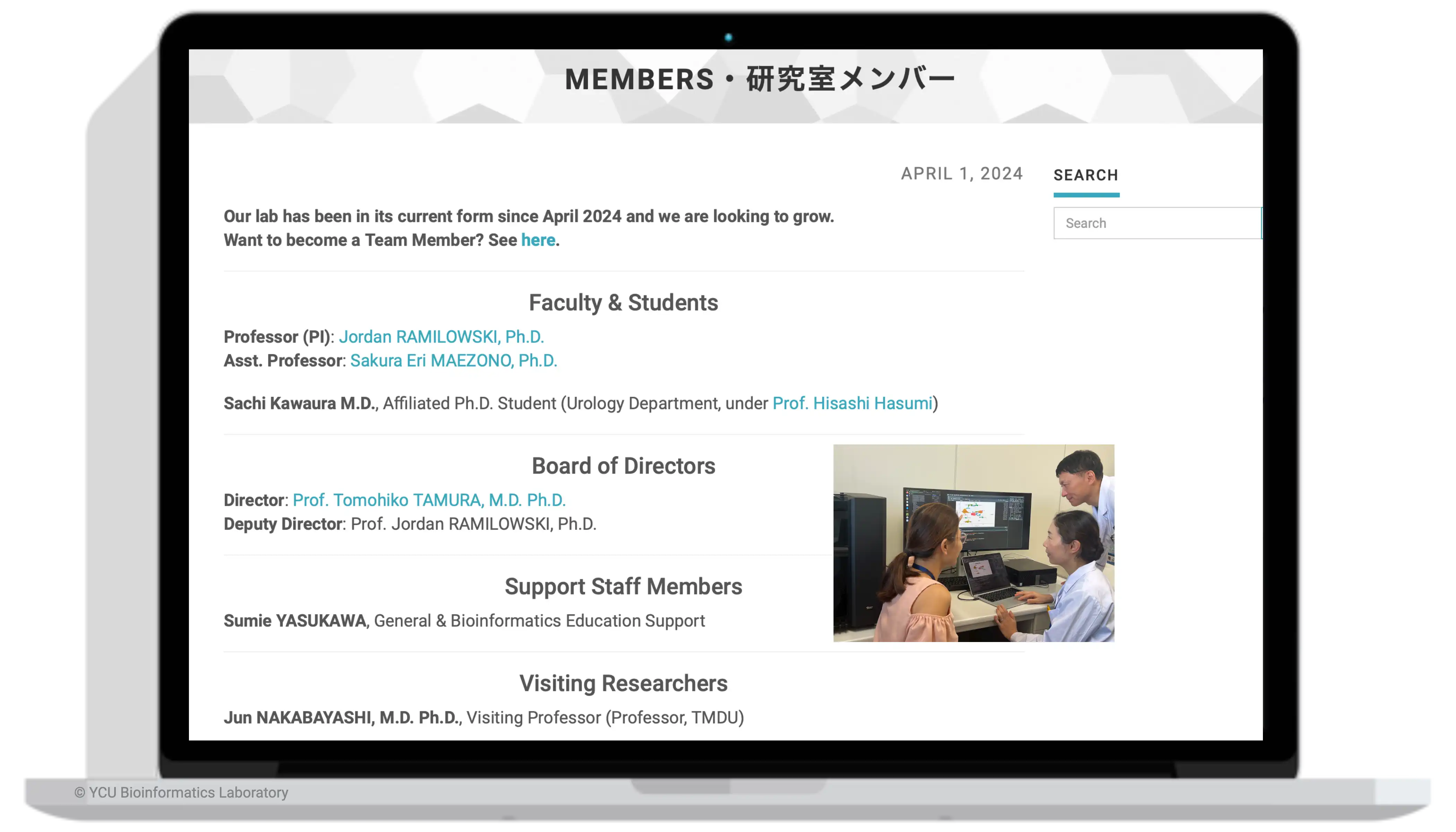April 1, 2024
Streamlining medical research in the era of Big Data holds the potential to significantly advance healthcare. Using the software developed in this project, medical professionals will be able to analyze diverse clinical and next-generation sequencing (NGS) data without the need for coding.
Introduction
In recent years, there has been a significant surge in medical and healthcare data, rendering the data more readily available to the research community. Nonetheless, extracting valuable research findings from the vast data necessitates not just a profound comprehension of clinical concepts, but also adeptness in data cleansing and sophisticated analytical capabilities. Acquiring these skills can pose challenges for healthcare professionals. This research endeavors to create of a user-friendly web application, to assist clinicians, that does not require advanced computational proficiency.

Fig: Conceptual framework for the Clinical Data Analyzer, designed to enhance user experience and cater to the varied needs of Clinicians and Medical Researchers
Project Specific Aims
Development of a semi-automated data application suite for cleaning and interactively analyzing the data to formulate initial hypotheses. The tool will be comprised of the three key components, as described below.
-
Data Cleaner: a tool to map, transform, and validate clinical metadata. The tool will address the challenges posed by the variability in Electronic Medical Record (EMR) formats across institutions and departments. For instance, descriptions for the same item may differ (e.g., male/female, M/F, m/f for gender). The tool allows users to define cleaning rules, with default suggestions provided. It then transforms the data accordingly and highlights any errors or inconsistencies for correction (e.g., detecting an age input of 300 years old).
-
Patient Finder: a tool utilizing the output file generated by the Data Cleaner to find the appropriate cohort for a study. It organizes and visualizes patient background and other data, enabling users to select the most suitable patient cohort for their analysis.
-
Exploratory Analyzer: a tool for integrating data from the Patient Finder, along with expression data produced by NGS, RT-PCR, or microarray, to perform various statistical calculations and visualizations interactively. It facilitates a deeper exploration of the integrated data, aiding in hypothesis generation and data-driven decision-making.
Methods & Data
During the development stage, Clinical Data Analyzer will use our in-house clinical data, while we envision it to be compatible with similar user data.
JSPS Postdoc Needed
PhD Researchers with background in (i) Bioinformatics/AI and/or (ii) Biology (basic bioinformatics skills required) are welcome to apply for JSPS Postdoc with us!
Questions? Interested in joining us? Please email Jordan 📧





